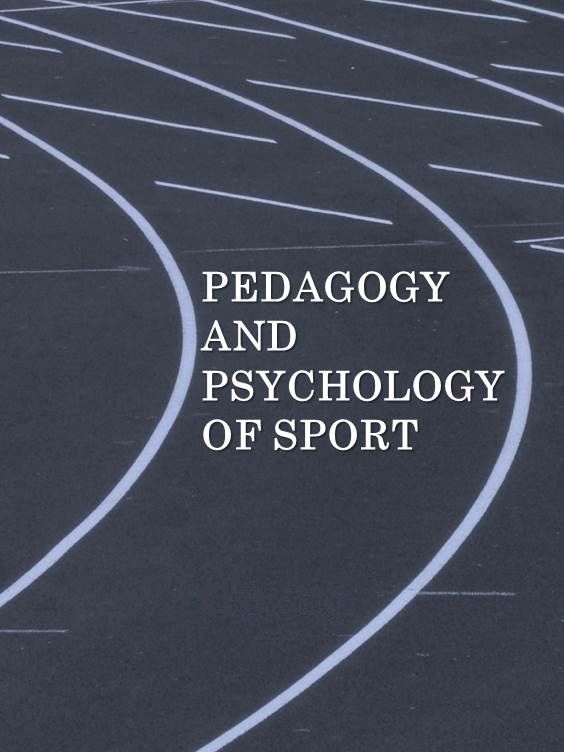Clinical laboratory diagnosis of obstructive megaureter in children
DOI:
https://doi.org/10.12775/PPS.2020.06.04.001Keywords
obstructive megaureter, cystatin C, stenting, ureter, childrenAbstract
Introduction. Currently, there are more than 200 methods of surgical treatment of a megaureter, but none of the methods has achieved universal acceptance. Until now, the issues of differential diagnosis of organic and functional causes of ureteral dilatation in children under 3 years of age have not been sufficiently illuminated, there is no generally accepted algorithm for the management of patients with this pathology. Relevance. The relevance of obstructive uropathies is evidenced by the fact that they occupy the third position in the list of the most common causes of chronic kidney disease in children, and account for 15% of cases. The prognosis of the outcome of obstructive uropathy is determined by the nature of the lesion and the degree of involvement in the pathological process of the kidneys, one of the main homeostatic and endocrine organs in humans. The degree of involvement of various markers in the development and progression of kidney damage in children is still insufficiently understood. All this prompts the search for screening, highly sensitive and specific methods for the diagnosis and prediction of nephrosclerotic changes in children against the background of urinary tract obstruction. Objective: The study of the clinical and laboratory diagnostic methods, allowing to differentiate functional or organic urodynamic disorders, to determine the tactics of managing patients with obstructive uropathy. Materials and methods. Since 2016, a study has been conducted of 174 children aged 0 to 18 years. 3 groups of children were identified: 1) with endoscopic treatment (main group); 2) treated with an open surgical method (control group); and 3) a group of children without urinary tract obstruction (reference group). Results. In the course of the study, it was found that the most optimal values of serum cystatin C, close to the reference group (0.048-0.831 mg/ml) were obtained in children treated with endoscopic correction of the intramural ureter (0.217-0.798 mg/ml). Conclusions. The tactics of endoscopic treatment of obstructive uropathies in children has advantages in terms of open surgical methods in technical simplicity, minimally invasiveness, maximum physiology, and a decrease in the frequency of postoperative complications. These theses are confirmed by the obtained results of the study of serum cystatin C as a marker of the state of renal filtration. It should be remembered that the effectiveness of endoscopic stenting of the lower ureter depends on the age of the child.References
Oliveira E.A., Diniz J.S., Rabelo E.A. et al. Primary megaureter detected by prenatal ultrasonography: conservative management and prolonged follow-up. Int. Urol. Nephrol. 2000. Vol. 32, № 1. P. 13-18.
Lewis M., Shaw J., Reid C., Evans J., Webb N., Verrier-Jones K. Demography and management of childhood established renal failure in the UK (chapter 13). Nephrol Dial Transplant. 2007. Vol 22. Р. 165-175.
Dawn L., McLellan, Alan B. Retik et al. Rate and predictors of spontaneous resolution of prenatally diagnosed primary nonrefluxing megaureter. J. Urol. 2002. Vol. 168. P. 2177-2180.
PoudeL A., Afshan S., Dixit M. CongenitaL anomaLies of the kidney and urinary tract. NeoReviews. 2016. VoL. 17, N 1. P. e18-e27.
Lukomska A., Baumert M., Krzych L.J., Sypniewska K. Estimation of the risk factors of the congenital urinary system defects. Cent. Eur. J. Med. 2012. Vol. 7, N 1. P. 85-90.
Hei M.Y., Yi Z.W. Environmental factors for the development of fetal urinary malformations. World J. Pediatr. 2014. Vol. 10, N 1. P. 17-23.
Venkatesan K., Green J., Shapiro S.R., Steinhardt G.F. Correlation of hydronephrosis index to society of fetal urology hydronephrosis scale. Adv. Urol. 2009. Article ID 960490. 4 p.
Matsuki M., Tanaka T., Maehana T., Kyoda Y., et al. The discrepancy between serum creatinine and cystatin C can predict renal function after treatment for postrenal acute kidney injury: multicenter study and pooled data analysis. Clin Exp Nephrol. 2017; 21 (5): 852–7.
SchLomer B.J., Copp H.L. AntenataL hydronephrosis: assessment and management. NeoReviews. 2013. VoL. 14, N 11. P. e551-e561.
Lau L., Al-Ismaili Z., Harel-Sterling M., Pizzi M. et al. Serum cystatin C for acute kidney injury evaluation in children treated with aminoglycosides. Pediatr. Nephrol. 2017. Vol. 32, N 1. P. 163–171.
Fadel F.I., Mourad A.A., Abdel Rahman A.M.O., Bazaraa H.M. et al. Levels of cystatin C in low- and high-flux hemodialysis in children with end-stage renal disease. Pediatr. Nephrol. 2017. Vol. 32, N 9. P. 1603–1609.
Kayukov I. G., Smirnov A. V., Emanuel V. L. Cystatin C in modern medicine [in Russian]. Nephrology. 2012. Vol. 16, N. 1. P. 22-39.
Leem A.Y., Park M.S., Park B.H., Jung W.J. et al. Value of serum cystatin C measurement in the diagnosis of sepsis-induced kidney injury and prediction of renal function recovery. Yonsei Med. J. 2017. Vol. 58, N 3. P. 604–612.
Nakhjavan-Shahraki B., Yousefifard M., Ataei N., Baikpour M. et al. Accuracy of cystatin C in prediction of acute kidney injury in children; serum or urine levels: which one works better? A systematic review and meta-analysis. BMC Nephrol. 2017. Vol. 18, N 1. P. 120.
Sundin P.O., Sjostrom P., Jones I., Olsson L.A. et al. Measured glomerular filtration rate does not improve prediction of mortality by cystatin C and creatinine. Nephrol. Dial. Transplant. 2017. Vol. 32, N 4. P. 663–670.
Downloads
Published
How to Cite
Issue
Section
License
The periodical offers access to content in the Open Access system under the Creative Commons non-exclusive license (CC BY-ND 4.0).Stats
Number of views and downloads: 343
Number of citations: 0



